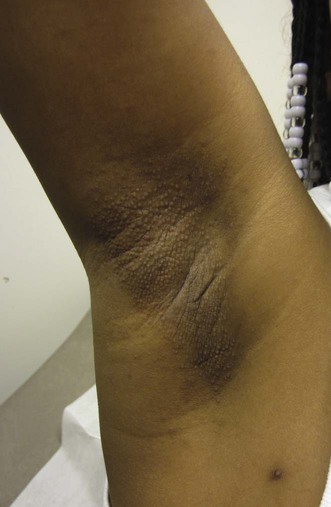Kao PH, Hsu CK, Lee JY. J Dermatol 2009; 36: 485–90.
Fox–Fordyce disease

Specific investigations
Clinicopathological study of Fox–Fordyce disease.
![]()
Stay updated, free articles. Join our Telegram channel

Full access? Get Clinical Tree



